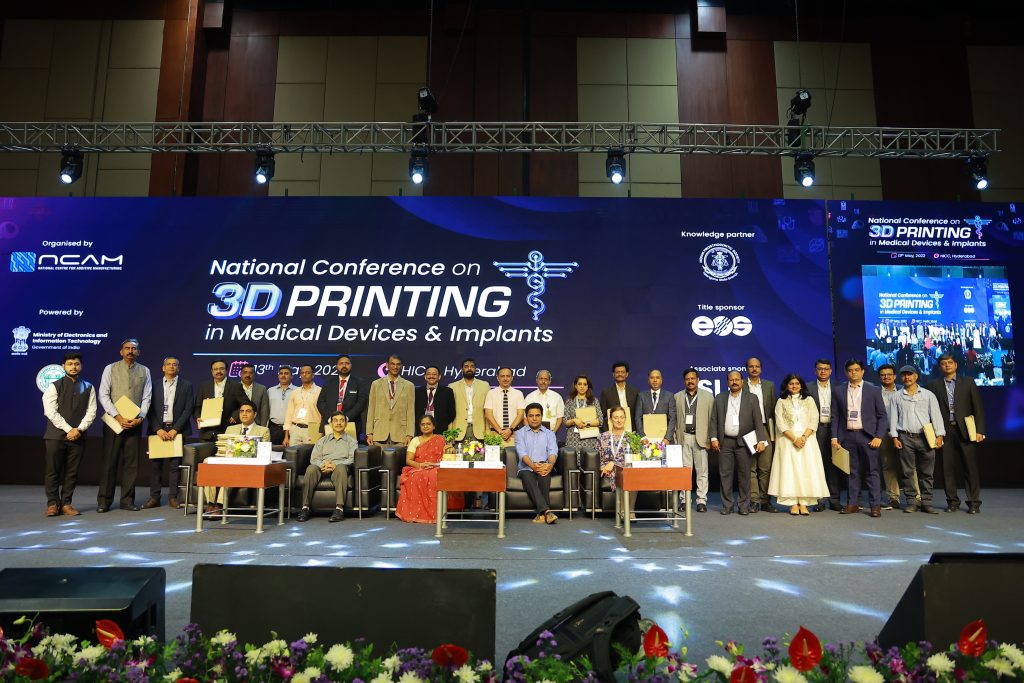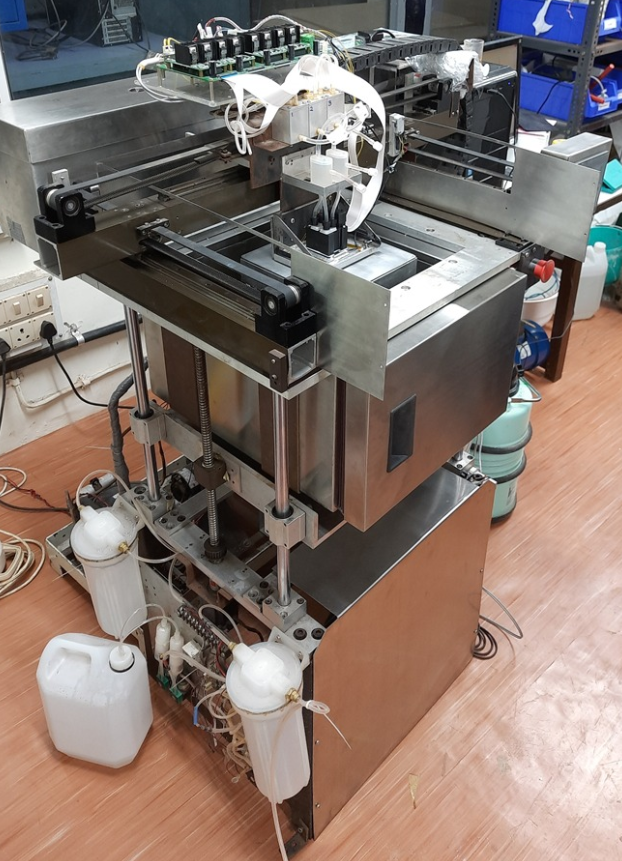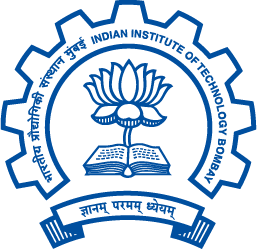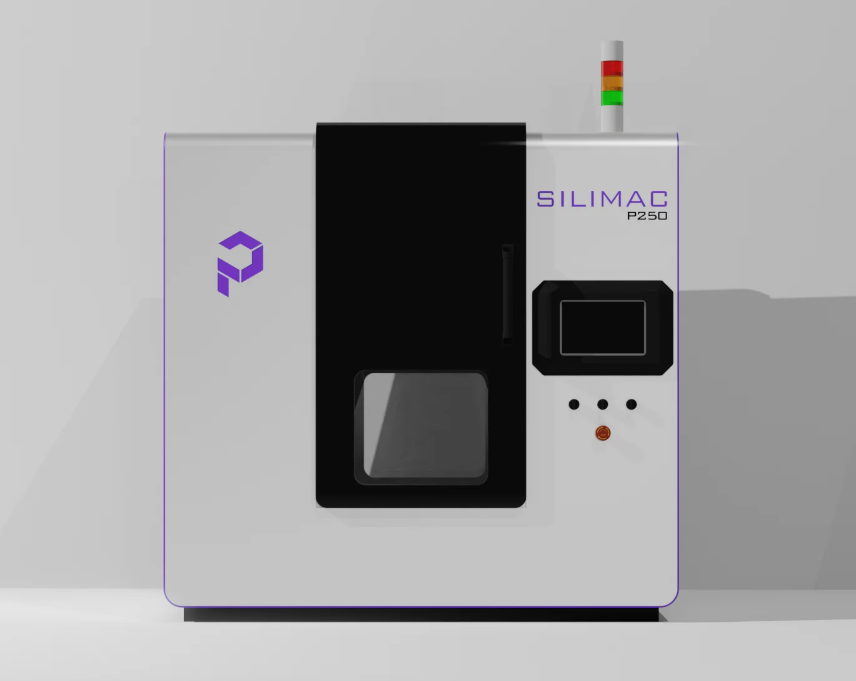The Indian Ministry of Electronics and Information Technology (MeitY) announced a National Strategy for Additive Manufacturing on February 24, 2022. In this interview, 3D Printing Industry spoke with a Government official and IIT Bombay to gain insights about the strategy and how the Indian AM industry is developing.
Jayesh Ranjan (IAS), Principal Secretary to the Government of Telangana, Industries & Commerce (I&C) Department, & Information Technology, Electronics, and Communications (ITE&C) Department, who was present during the announcement of strategy explains, “The aim is to increase India’s AM market share to 5% of the global market by 2025, with a goal of adding nearly $1 billion to the GDP. Growth will be achieved by focusing on the below targets set by the policy.”
A walk through India’s 3D printing policy
The strategy seeks to represent the principles of ‘Make in India‘ and ‘AtmaNirbhar Bharat Abhiyan,’ which advocate and promote self-reliance through technological innovation and transformation, says the Government. It aims to inspire maximum economic benefits from future growth opportunities while minimizing risks and mitigating associated challenges.
The goals envisaged for the country through the strategy are:
- Position India as a global hub for Additive Manufacturing development and deployment.
- Create and protect the integrity of India’s AM intellectual properties.
- Ensure the creation of a sustainable ecosystem for the AM industry to compete globally.
- Encourage AM transformation and driving capabilities in the country for developing core competencies.
- Position India as a global Innovation and Research hub for Additive Manufacturing.
- Ensure AM manufactured end-user functional components for domestic and export markets.
- Ensure adequate measures for the protection of AM technology.
The objectives of the strategy are:
- Encourage domestic manufacturing across the value chain to promote Make In India’ and Atma Nirbhar Bharat.’
- Increase domestic value addition in core and ancillary components, machines, materials, and software.
- Reduce import dependency on the domestic market by developing local skills and technology, the scale of production, and more.
- Encourage global market leaders to establish global bases for manufacturing AM components and sub-assemblies in India, further strengthening India’s domestic manufacturing ecosystem.
- Nurture domestic additive manufacturing industries.
- Establish a “National Centre on AM” for harnessing AM transformation and driving capabilities by continuously engaging all key stakeholders.
- Promote Innovation and Research infrastructure for commercializing end-user application-based industrial AM products for domestic and global markets.
- Strengthen India’s collaborations with global AM organizations and Innovation and Research Centres.
- Create and update the innovation roadmap for AM technologies.
- Promote ease of adoption of AM in India by introducing policy interventions that provide.
- Enhancing manufacturing capabilities and encouraging manufacturing with foreign technology in India.
- Encouraging and further incentivizing manufacturers with indigenous technology that promotes a sustainable AM ecosystem nationally and globally.
- Encouraging export and re-export of machines, materials, AM-produced goods, and services, and discouraging import for the domestic AM market.

Insights into additive strategy from the Indian Government
Ranjan explained that the motivation behind introducing the strategy was to cater to next-generation digital manufacturing and mitigate immediate disabilities of the local industries. He said, “The Indian Government recognized a whole host of current problems – from blocked supply chains to off-shored manufacturing jobs to simply losing out to other nations when it comes to innovations in manufacturing. Additive Manufacturing has immense potential to revolutionize India’s manufacturing and industrial production landscape through digital processes, communication, imaging, architecture, and engineering.”
According to Ranjan, several new initiatives have been rolled out regarding R&D, skilling, start-up incubation, and setting up AM COEs nationwide. The National Centre for Additive Manufacturing (NCAM), the apex body for AM in India, has been set up in Hyderabad in partnership with the Government of Telangana to ensure the nationwide implementation of the strategy and achievement of the strategic goals. “Telangana has always been at the forefront of innovation in the country, and hosting NCAM is another feather into its cap which would ensure global AM traffic heads to Hyderabad.”
Furthermore, NCAM launched the “National 3D Printing Awareness Marathon” last year, covering 6+ cities across India & influencing 4000+ people. To create awareness, several national workshops, additive expert talks, industry events, tech talks, and faculty development programs are conducted regularly throughout the country.

I asked Ranjan which sectors in India, according to him, would benefit the most from 3D printing technologies. He said, “The defense, Aerospace, and Medical industry are set to reap the maximum benefits of 3D Printing technology. 3D printing overall is very beneficial for high-value and low volume of products which fits very well for the key strategic sectors in India. Elsewhere, 3D printing has been used for construction purposes. For instance, the Indian army had inaugurated its first two-story 3D printed dwelling unit. That is an admirable example of how 3D printing can be used for other sectors such as construction.”
According to Ranjan, concrete 3D printing is the country’s next upcoming technology growth driver. 3D printing can cut costs by reducing the required materials for structural work. It also allows for smaller working teams and can avoid costs occurring from waste material. 3D printers can print continuously with build times of even 24 hours; the automatic construction is not limited to company working hours and can run overnight. Properties built via 3D printing can be designed to offer increased strength and durability, which is particularly important in areas of extreme weather. Recent advancements have seen 3D printed properties built to withstand hurricanes and earthquakes.
Ranjan also explained how sustainable additive manufacturing practices can be observed in India. Skill development and start-up incubation are paramount for the country’s technology growth. Promoting local ecosystem development in terms of hardware, software, material, standards, certification, and guidelines will ensure sustainable additive manufacturing in India.

IIT Bombay shares its thoughts on the strategy
Insights into the advance of additive manufacturing in India were also provided by IIT Bombay, which possesses additive manufacturing technologies on its campuses. Dr. Pushkar Kamble, (Ph.D.) Institute Post-Doctoral Fellow, and Ph.D. students Yash Mittal, and Yogesh Patil gave their perspectives on the policy and provided an overview of the AM technologies at the institute’s campus.
“It is a great initiative by the Government, not only for creating necessary awareness regarding 3D Printing and Additive Manufacturing but also to strengthen and support the novel research work going into this field by the various national institutes and research labs. 3D printing is the manufacturing of the future, and sooner, it will be used in tandem with conventional manufacturing processes. It should be noted that 3D printing complements these existing technologies and does not compete with them,” said Dr. Kamble.
IIT Bombay researchers had previously experimented with ice investment casting. IIT Bombay’s RM Lab has indigenously developed an ICE 3D printer. Dr. Kamble shared some insights on the same. He explained that construction, manufacturing, medicine, food industry, electronics, pharmaceuticals, and other industries can all benefit from the ICE 3D Printer. Furthermore, the ice 3D printing process can be used to produce small ice templates with smooth walls and branched formations with seamless transitions. These can then be used to make small-scale parts with well-defined internal cavities. Ice 3D printing is also sustainable since it uses no harmful materials to create mold and other parts.

Ph.D. student Gopal Gote and Mittal gave some insights into Electron Beam Additive Manufacturing which, according to the institute, is an emerging technology. “Among other energy sources like Arc, Laser, Ultrasonic energy, and friction energy, Electron Beam has several advantages such as high scanning speed, energy efficiency, versatility with several materials, and better part integrity due to a vacuum working environment. These advantages are the reasons for its scope for metal Additive Manufacturing. Furthermore, the institute has a variety of 3D printers named 4-axis HLM, Sand 3D Printer, FDM Printer by Stratasys, and more. We are indigenously developing three systems for EBAM. Powder-bed sintering (EBAM-P), Wire-cladding (EBAM-W), and Laminating sheets (EBAM-S).”
According to many industry experts and academia, 3D printing has helped tackle many challenges related to sustainability, faster turn-around, and more. I asked Dr. Kamble about the challenges to 3D printing that must be overcome, “3D printing is still very nascent but fast evolving. Compared to other conventional manufacturing processes, such as metal casting (~1000 yrs old), it is relatively very new (~30 yrs old), but it is quickly catching up. During the process, there are a lot of hurdles and challenges that need to be taken care of.”
According to Dr. Kamble, lack of awareness, high capital costs, global competition & non-availability of local resources, intelligent resources, inadequate part quality (compared to conventional processes), and cost-cutting are some of the challenges to be tackled. “The above-mentioned limitations can be addressed by creating necessary awareness and incorporating 3D printing to a much more elementary level. The concept of 3D printing is not formally introduced until the bachelor’s level. It should be introduced much earlier, at the school level, maybe as a part of revolutionary 21st-century techniques,” explained Dr. Kamble.
Achieving affordable 3D printing requires Indigenization and Innovation by collaborating with the industry and academia. Research and development are underway to bridge the gap between conventional manufacturing and rapid prototyping. The objective is to build as strong as traditional methods while saving time and money.
“With 3D printing, we can literally have ‘Make-in-India’ and ‘Made-in-India,’ thus helping us achieve ‘Atma Nirbhar Bharat’ in manufacturing and associated fields of 3D printing,” concluded Dr. Kamble.

3D printing in India continues to develop
India‘s L V Prasad Eye Institute (LVPEI), Indian Institute of Technology (IIT) Hyderabad, and Centre for Cellular and Molecular Biology previously 3D printed a cornea that was tested on animals. A bio-ink made from human donor tissues was used to implant the synthetic material and animal residue-free cornea into a rabbit’s eye. Because of its “completely natural” base, the implant’s creators believe it could ultimately be “used in humans” to help treat corneal scarring and other massive eye conditions which can lead to blindness.
“It is the first 3D printed human cornea that is optically and physically suitable for transplantation,” said Dr. Sayan Basu and Dr. Vivken Singh, Lead Researchers at LVPEI. “The bio-ink used to make this 3D printed cornea can be sight-saving for army personnel at the site of injury to seal corneal perforation and prevent infection during war-related injuries or in a remote area with no tertiary eye care facility.”
Furthermore, engineers at the Indian Institute of Technology (IIT) Jodhpur created their low-cost metal 3D printing system using Directed Energy Deposition (DED) technology. The machine is unique because it was developed mainly in-house; except for the laser and KUKA robotic arm, all other parts were created and produced in India by the IIT team. The project’s main goal was to reduce the cost of metal 3D printing technology in the country while increasing users and driving adoption.
Dr. Ravi K. R., an Associate Professor at IIT Jodhpur, explains, “Our study results show that if all the parts needed to make a metal printing machine could be manufactured indigenously, the cost of a metal 3D printing machine could be reduced by two to three times.”
Indian companies enhancing AM technologies in the country
INTECH Additive Solutions, Bengaluru, is pioneering in metal 3D Printing in India and has the most extensive commercial setup available. INTECH developed software called OptoMet for the development of new parameters and alloys. They have also developed process software called AMBuilder to build quality parts at lower costs and be user-friendly. It has also succeeded in designing and developing India’s first metal printer under the “Make In India” scheme. INTECH has also started a digital academy enabling orientation and training for industry, academia, and R&D organizations. Design for Additive Manufacturing (DfAM) is part of the digital academy activities enabling customers to identify design and re-design parts for AM. It also announced the launch of its 2nd Generation iFusion150, a successor to the iFusion SF1 Metal 3D Printer.

Furthermore, a Bengaluru-based start-up, Prayasta, unveiled the Silimac P250 3D printer, designed specifically for ‘implant-grade’ elastomers (particularly silicone) to fabricate personalized soft-tissue implants and prostheses. According to the company, it is an industrial-level machine that can run continuously and reliably for long periods. Silimac-prepared 3D printed implants can be customized not just in terms of shape, size, and contour but also in terms of weight, feel, touch, and stiffness, which the company calls “a complete solution.”
“Silimac P250, the 3D printer has a meticulous design that maintains the sterility of the printing environment and the material producing best quality products suitable for medical applications and long-term implantations,” said Vikas Garg, CTO and Co-Founder of Prayasta.

Elsewhere, Wipro has launched ‘Addwize’ – An additive technology Adoption and Acceleration program to enable organizations and institutions to systematically adopt and scale the usage of metal Additive Manufacturing for tangible business benefits.
What does the future of 3D printing for the next ten years hold?
What engineering challenges must be tackled in the additive manufacturing sector in the coming decade?
To stay up to date with the latest 3D printing news, subscribe to the 3D Printing Industry newsletter, follow us on Twitter, or like our page on Facebook.
While you’re here, why not subscribe to our Youtube channel? Featuring discussion, debriefs, video shorts, and webinar replays.
Are you looking for a job in the additive manufacturing industry? Visit 3D Printing Jobs for a selection of roles in the industry.
Feature image shows the Ministry of Electronics and Information Technology (MeitY) logo. Image via MeitY.


